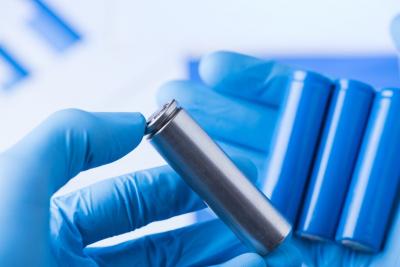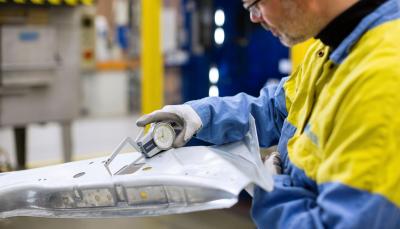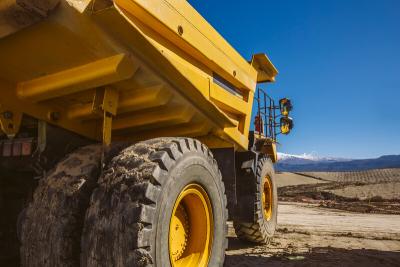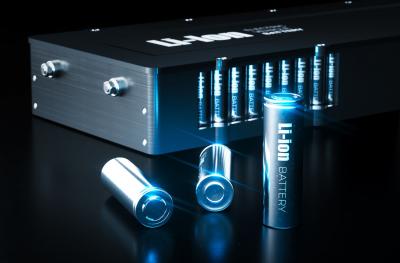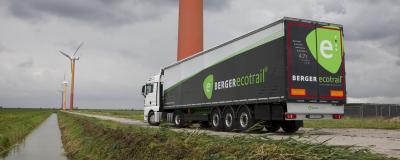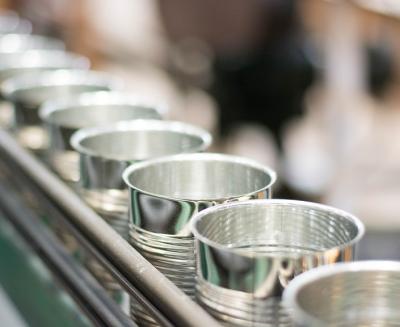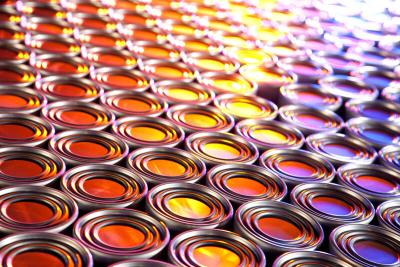The steel sector has experienced - relatively unexpectedly - significant fluctuations in prices and demand in recent months. Some of the key messages at Let's talk about the future were, that steel users need more end-to-end transparency, and that we can expect more of the unexpected in the future. Tata Steel once again invited international steel experts and thought leaders from across a range of industries as well as, for the first time, a live audience to this live discussion event, which was held for the second year running.
In October 2020, the panelists at Let's talk about the future had agreed that the recovery of the steel industry after the start of the pandemic would happen faster than expected, but that it would probably take up to 24 months to reach 2019 demand levels again. Now that steel demand has recovered so much more quickly than anticipated, the opening discussion at this year's event revolved around the extent to which future market developments can even be predicted at all.
According to Russell Codling, Director Markets and Business Development at Tata Steel, the only predictable elements now are actually the unpredictability and the volatility the market; it’s likely there may not be a "new normal". At the same time, steel producers are facing the challenge of making steel more sustainably and investing heavily in greener technologies. Transparency across the entire value chain is therefore an even greater necessity in the current climate with the need to to make any price developments very clear to customers.








"There are signs that steel is becoming permanently more expensive," commented Russell Codling. "For example, steelmakers need to invest further in sustainability and greener steel, while demand pressure could increase as a result of possible investment incentives from governments. Supply, on the other hand, sometimes may not follow quickly enough. As price increases can cause apprehension, we at Tata Steel consider it particularly important in these times to show greater transparency to our customers. For example, we have introduced the CO2 surcharge to drive awareness of climate costs and the workings of ETS in our markets. We are starting to show the monetary value on our invoices. This hopefully makes it easier to appreciate that the path towards green steel, which we all would like, also involves additional costs for us as a manufacturer."
Paul Polman, former CEO of Unilever, emphasised that business - alongside politics and social organizations - must play a decisive role in driving the change toward greater sustainability. In the Sustainability fireside chat, he presented his new book Net Positive. In it, Paul shows how companies can actually give more back to the environment and society than they take from it, which can actually be beneficial for them, he said: "Companies that actively take responsibility regarding sustainability not only have a better position for being successful in the future, but are also increasingly more valued (ie. rated higher) in the financial market than companies that don't take this path. The cost of our inactions are significantly higher than the cost of our actions."
Even with digitalisation, the focus must be on profitability. Kees Gerretse, CIO of Tata Steel, and Laurence Janssens, Manufacturing Lead at Microsoft, agreed on this in the Digitalisation fireside chat. "When we made digitalisation our strategic goal in 2016, we quickly realised that we had to think of digitalisation in a more integrated way," Kees Gerretse explained. "Investments have to be profitable in the end, of course, but just focusing on cost simply blocked us at the beginning. We are already one of the pioneers of digitalisation in the steel industry. To further establish ourselves as an innovation leader, we need to think big and continue to work with strong partners."
At the end of the event there was a live link to the nearby Tata Steel plant in IJmuiden. There, the official commissioning of a new, third continuous caster was celebrated in the presence of Arthur van Dijk, representative of the Royal House in the province of North Holland. At 220 million euros, it is Tata Steel's biggest and most important investment to date at this steel manufacturing site since the turn of the millennium. The new plant will allow the production of an even wider range of innovative steels, including high-strength and ultra-high-strength steels. Automotive manufacturers can use these steels, for example, to build lighter, more fuel-efficient and safer vehicles. The major construction project was implemented during ongoing operations.
About Let’s talk about the future 2021
Following the launch of Tata Steel's Let's talk about the future event series in 2020, industry experts from the steel industry and decision-makers from various user markets once again discussed the theme live in the TV studio and online via video - this year for the first time in front of a live audience. In addition to moderator and journalist Emanuele Norsa from Kallanish Commodities, four specialists were invited as guest panellists: Dr. James Campbell, Principal Analyst at CRU, Isobel Sheldon, Chief Strategy Officer at Britishvolt, Laurence Janssens, Western Europe Manufacturing Lead at Microsoft, and Paul Polman, former CEO of Unilever. In a development from last year, there were several one-on-one talks moderated by representatives from Tata Steel. In the Technology session, Basjan Berkhout, Electrification Transition Manager at Tata Steel, discussed battery technology with Isobel Sheldon from Britishvolt. In the Digitalisation fireside chat, Emma McKay, Director IT Enterprise Architecture at Tata Steel, moderated a conversation between Laurence Janssens from Microsoft and Kees Gerretse, CIO of Tata Steel. And in the Sustainability chat, Annemarie Manger, Director Sustainability at Tata Steel, interviewed Paul Polman.
The event was managed by Sharay Belgerette, Carlo Di Terlizzi and Huib Simon. All the fireside chats and the full Let’s talk about the future 2021 event can be found here.








